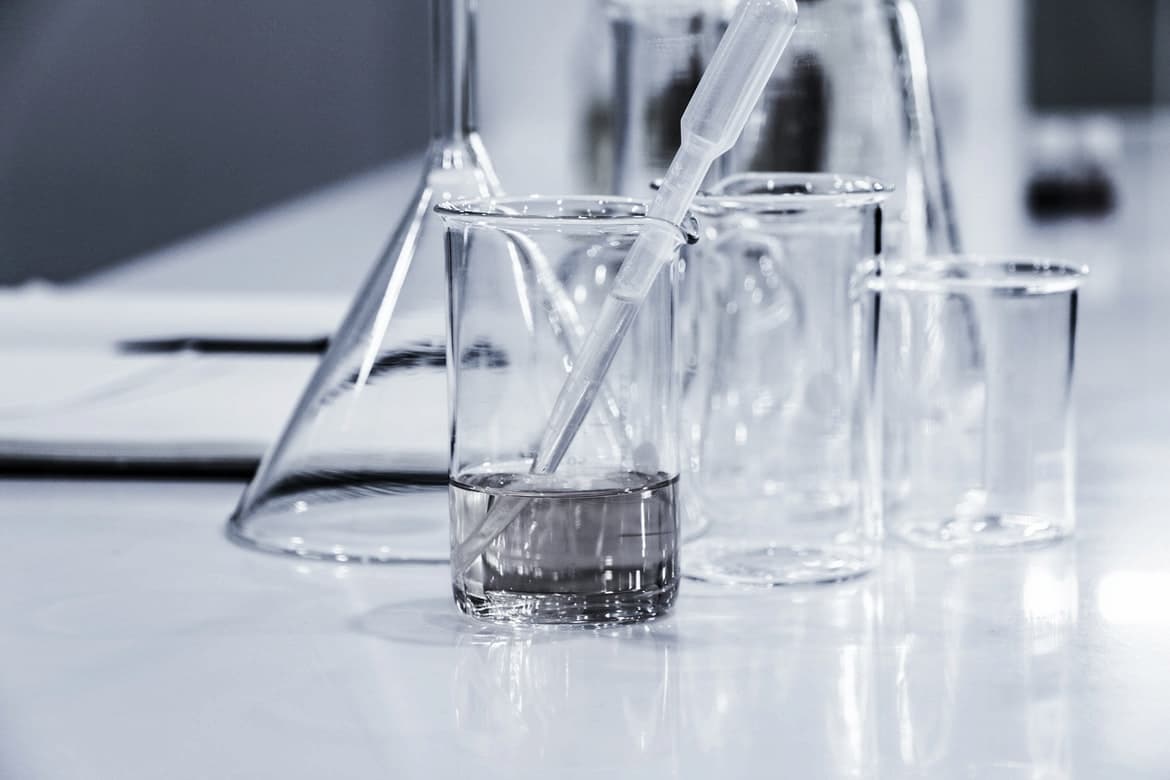
Any environment that works with hazardous compounds or infectious agents will likely have a biological safety cabinet to hand. These important pieces of kit work as primary containment barriers for these dangerous substances. You will usually find biological safety cabinets in hospitals, research centres and laboratories.
Keeping this type of equipment in good working order is a matter of public health and failing to properly manage a biosafety cabinet could have catastrophic effects. One aspect of maintenance for these cabinets is preventing cross contamination, and in this article, we are explaining everything you need to know about the subject.
A biological safety cabinet, or BSC, is an enclosed and well-ventilated workspace within a laboratory. They are available in a range of different types which are separated depending on the level of biocontainment that is required. Some people understand that horizontal and vertical laminar flow equipment provides biological containment, but this is not the case. A BSC must be a class II cabinet or isolator to fulfil this function.
Safety cabinets require annual servicing by a qualified professional too. This is usually an electronic or mechanical engineer that specialises in maintenance and can provide certification for this sort of kit. As well as requiring servicing every year, steps also need to be taken to ensure the cabinets are properly cared for in order to prevent cross contamination.
These vital pieces of equipment must be properly cleaned and decontaminated. It is generally recommended to decontaminate a BSC every day to ensure everything is kept sterile and safe. Preventing contamination is crucial for both public health and also the safety of the operator. It can prevent hazardous substance and infectious agents from being released into the area.
Not only that, but preventing contamination helps protect the samples being used in the laboratories and ensures that experiments are kept on track.
There are two main purposes of this type of cabinet, which is to protect samples and protect its operators. Decontamination and taking steps to prevent contamination is crucial for both of these.
The majority of BSCs have uniform airflows and filters fitted which help to create an invisible barrier around the cabinet. This is just one way that these units are designed to help prevent decontamination. In addition to this, there are some steps you can take as well.
One of the main causes of contamination in a BSC is samples coming into contact with contaminated air. Filters and airflows can only help so much, but you can also help to protect the samples by being fully prepared before starting work in a BSC. If you can minimise your interference with the cabinet and have everything you need inside before you begin, you can cut down the risk of contamination.
Cleaning biosafety cabinets is so important, but you need to make sure you use the right solutions. Bleach is great as a germicide, but it is also very corrosive to steel, which is the material most cabinets are made from.
Only use bleach on your BSC in an emergency. Instead, use ethanol for routine cleaning because it is very effective and has no negative impact on the steel. It is recommended to leave your cleaning solution on the surface for half an hour before wiping it off, to give them a chance to truly work.
In recent years, using UV for sterilisation in labs has been a hot topic. UV can destroy almost all microorganisms in just 12 minutes, and it can be used to reach parts of your BSC that you can’t easily reach yourself.
This option for cleaning is much less labour intensive and easier to administer, but you must make sure you are safely behind a glass screen during use. If you are not properly protected, UV can cause serious damage to the skin.
It is common sense to wear appropriate PPE when working with a biosafety cabinet, but it is also essential to wear when cleaning and decontaminating.
Your PPE should include gloves, a lab coat and eye protection at least. You should also wear long trousers and closed-toe shoes for ultimate protection. Depending on what you are using in the BSC and the risk of contamination, you might also need to wear double pairs of nitrile gloves, respirators and booties.
For more information on how to prevent cross contamination in your biosafety cabinet, get in touch with us today.
Read our Privacy Policy for more information on how we collect and process data.



No thank you
Read our Privacy Policy for more information on how we collect and process data.